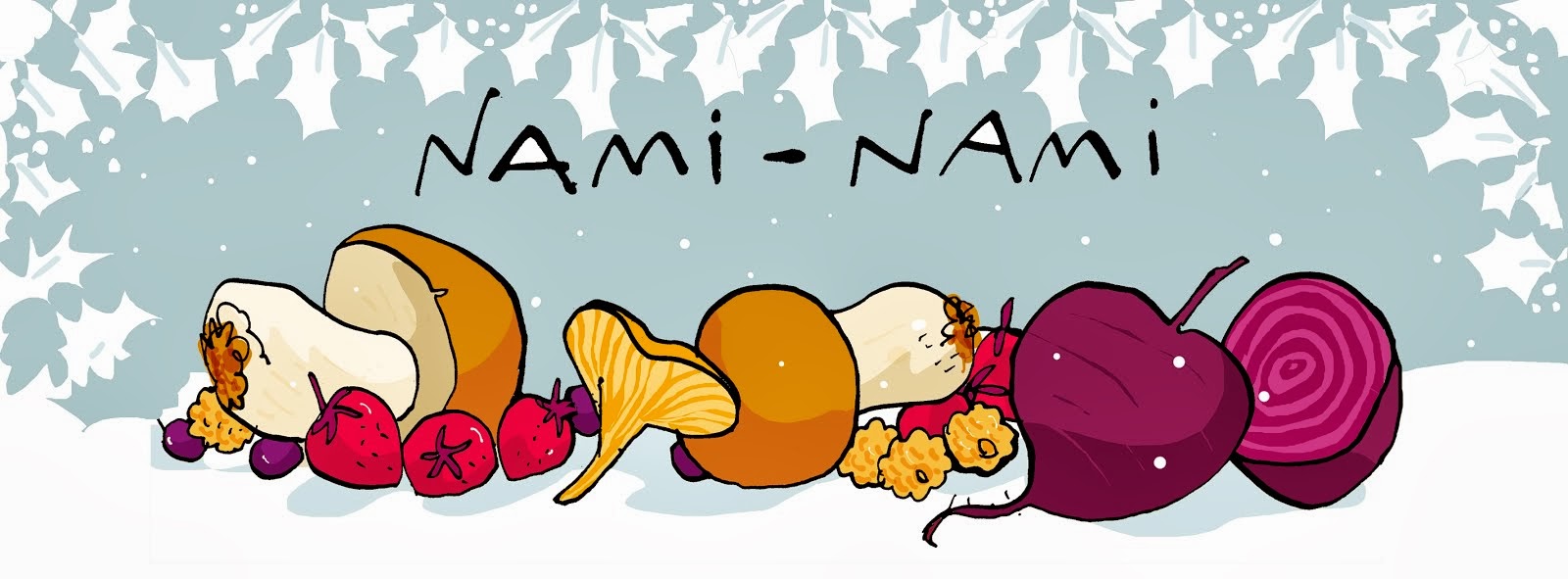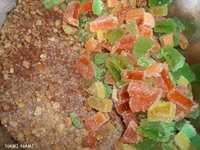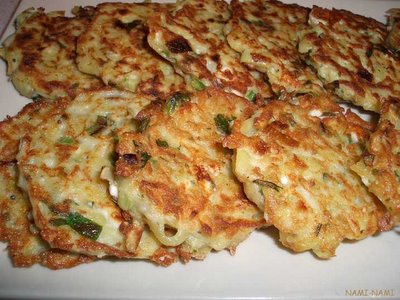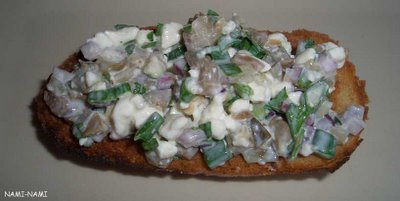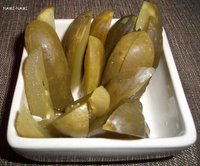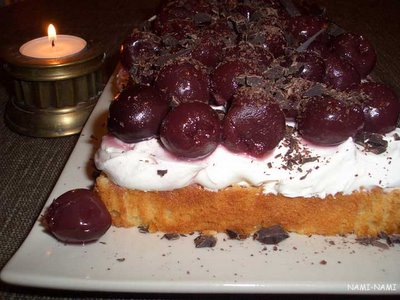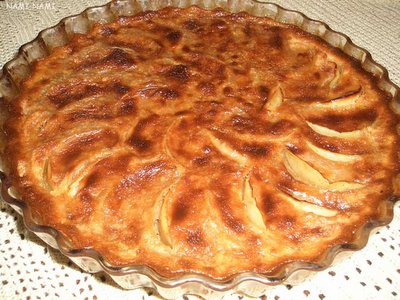 I had heard about Well Hung & Tender and their award-winning Aberdeen Angus beef from the Scottish Borders before. After all, their steak beat Jamie Oliver's 21 day matured beef at the nationwide "Battle of the Beef Challenge". I had certainly noticed their eye-catching logo during my trips to the Edinburgh Farmers' Market. But the whole idea of cooking beef intimidated me, and I had not actually bought anything from their weekly stall.
I had heard about Well Hung & Tender and their award-winning Aberdeen Angus beef from the Scottish Borders before. After all, their steak beat Jamie Oliver's 21 day matured beef at the nationwide "Battle of the Beef Challenge". I had certainly noticed their eye-catching logo during my trips to the Edinburgh Farmers' Market. But the whole idea of cooking beef intimidated me, and I had not actually bought anything from their weekly stall.Until last Saturday that is. I had spotted a highly praised and simple beef dish over at eGullet that I wanted to try. I had also invited 3 friends for a meal that night, and although you shouldn't really use your guests as Guinea pigs for new recipes, I was feeling quietly confident about the recipe, and the meat.
I told Sarah MacPherson, one half of the Well Hung & Tender team, and personally in charge of the stall last Saturday, about my planned dish. She suggested their best braising steak and gave me some helpful hints for cooking. The average hanging time for retail beef in the US is 19 days, and just 5-10 days in the UK. Well Hung & Tender, on the other hand, hangs their grass-fed and sufficiently "beefed up" Aberdeen Angus carcasses for between four and five weeks. This gives extra time for the enzymes to break down the muscle fibres, resulting in particularly tender and flavoursome meat. More importantly, it also means that this particular meat takes considerably less time to cook than similar cuts that are, well, not so well hung:)
And if you have such a great piece of meat, you don't really want to mess it up or get too fussy about it.
Butter braised beef - 'draadjesvlees/sudderlapjes'
(Imehõrk veiseliha)
Source: Butter braised beef, Dutch style by Chufi at eGullet
Serves 4

~ 500 grams of good quality braising beef
Maldon sea salt
crushed black peppercorns
75 grams butter
boiling water
2 bay leaves
2-3 cloves
Cut the meat into the same amount of pieces as you have diners. Season with salt and pepper.
Heat the butter in a wide, heavy-bottomed saucepan.
Add the meat in one layer, brown on both sides on a gentle heat. Be gentle.
Pour over the water, just enough to cover the meat.
And now I have to quote Chufi, the eGulleteer, as she puts it very nicely:
"Now add 2 bayleaves and 2 cloves. And here comes the most difficult part.. (for me at least..) don't add anything else. Not a splash of wine, not a sliver of onion or garlic, not a whiff of any other herb or spice. Nothing. Really."
Simmer the meat at a very low heat for 2-3 hours, depending on your beef. My meat was done after 2 hours, but that's because it was a well hung piece of beef. The original recipe prescribes 3 hours braising time.
I found the whole process of braising fascinating - for the first hour and a bit more the meat was simmering away and looked rather tough. I even managed to start to worry whether I'll be done before my guests arrived. And then suddenly, the meat softened and turned flaky, making the task of transferring the meat onto a plate quite a task..
The taste was amazing. The meat was absolutely gorgeous, melting in your mouth and really lovely flavour. I will definitely cook this dish again and cannot recommend it enough.
I served this with a garlicky potato mash and roasted cauliflower, drizzling some red wine sauce on top. Very happy diners and clean plates all around.
